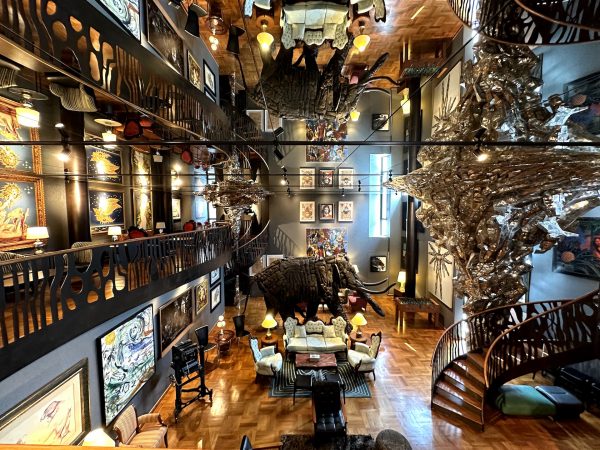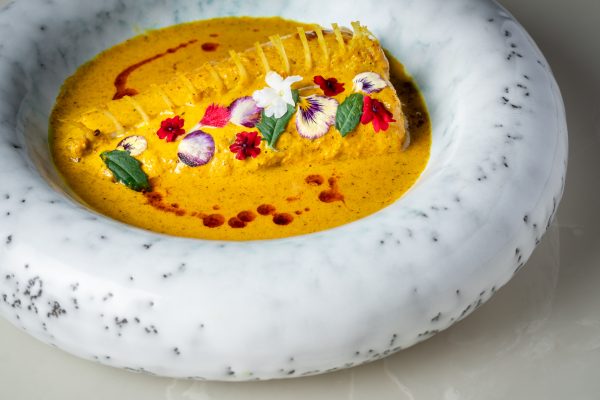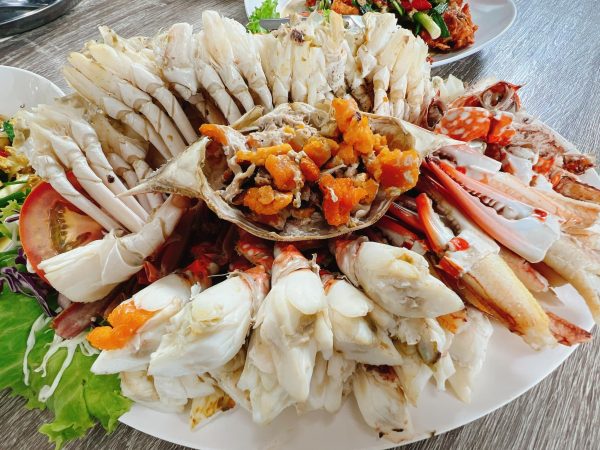Preserving the rich Thai cultural heritage in the ‘new normal’

Almost 50 years have passed since Thai textiles, particularly Thai silk, and exquisite handcrafted treasures found their way back into the spotlight and all the credit for their revival must go to Her Majesty Queen Sirikit, the Queen Mother.
Thai silk and craft-related trade has been fostered by the Foundation for the Promotion of Supplementary Occupations and Related Techniques under the Royal Patronage of Her Majesty the Queen, or the Support Foundation as it is better known, which was initiated by Her Majesty in 1976. Today, these silk and handicraft products continue to delight, encouraging new weavers and craftspeople to show off their talents, and bringing in billions of baht to the country through exports.
During the 1970s, Queen Sirikit worked alongside His Majesty the late King Bhumibol Adulyadej The Great in improving the quality of life of the Thai people. They visited rural areas across the country, setting up projects that generated sustainable income and supported career development, thus ameliorating the living conditions of the most underprivileged. Her Majesty was greatly impressed by the unique identity of these people and their way of life, which were reflected in the folk textiles and handicrafts.
Concerned that this valuable heritage would be forgotten and disappear, Her Majesty vowed to preserve traditional handicrafts and local wisdom. She encouraged rural weavers to continue to make these distinctive textiles while introducing new ideas such as colours and other adjustments to appeal to modern tastes. She operated and marketed the local products through her Support Foundation.
The Queen also promoted the work of the Support Foundation by having her wardrobe redesigned to embody Thai village fabrics, wearing these creations in Thai silk to introduce them to the country and the world. Before long, this natural fabric had become the Thai national dress and was turned into fashionable Western attire by such world renowned designers and embroiderers as Pierre Balmain and Francois Lesage. Her efforts led to Thailand’s textile artisans enjoying a better standard of living while also keeping their textile traditions alive.
To preserve and elaborate Thai textile creations for future generations, the Queen Sirikit Museum of Textiles showcases the majestic beauty of the villagers’ handwoven fabrics, among them the traditional Northeastern silk ikat (Matmii) wrapped cloth, the enchanting Phrae Waa silk brocade shoulder cloths, the distinctive Chok, a densely patterned cotton or silk brocade often used as a skirt border, as well as the gold-brocade or Pha Yok from the South of Thailand. Some of the weavers grow their own mulberry trees to raise silkworms and also process the cocoons, spin, bleach and dye the thread, and weave the fabric. In addition to silk, the Support Foundation has also created mother-of-pearl inlays, gold ornaments, silverware, lacquerware, wood carvings and basketry to be showcased and made available for public.
Nadhawan Tanyongmas, deputy director of the museum, says that the museum is considered as part of the Support Foundation. Its objective is to raise awareness, preserve and become a specialized learning centre about the Queen Mother’s dedication, the history of Thai textiles and the values of textiles and handicrafts creations.
“We apply advanced technology of an international standard in the conservation lab to restore and preserve all type of fabrics, not just Thai silk, but also cotton and hilltribe textiles. Our main challenge is drawing the public to visit the museum as our culture is unlike that in Western countries. Our exhibitions remain true to tradition but adopt an international approach that is simple to understand. We organize activities every month to offer knowledge in more interactive ways. And now we have a project to scale down previous exhibitions so that we can tour them to other provinces,” Nadhawan explains.
“Moreover, we have created a visual museum on the Google Art and Culture platform so that we can reach young generation viewers through various channels. We preserve the identity of Thai textiles while also curating and developing products such as souvenirs with a contemporary Thai design but which are also functional and deliver the concept of our exhibitions,” she adds.
To add value to Support Foundation creations in the international arena, the Support Arts and Crafts International Center of Thailand (Sacict) is taking the lead and working closely and collaboratively with suppliers, leading Thai and foreign designers, and trend setters, to offer knowledge and to promote and commercialize the products globally.
A similar perspective has been pursued in preserving the Khon (masked Thai dance) performance. The Queen Mother initiated the royal Khon performance by the Support Foundation in 2007 and this project has become very popular, with entire families from the very young to the very old attending performances. It has also received recognition in the world of theatre performance.
The Khon productions are well-rounded in preserving traditional heritage. There is an increased interest among young learners to be cast in the roles, while the older artists are delighted to teach and pass on their knowledge. Each element of Khon performance showcases the beauty of Thai art through the expert staging, light, sound, the brocade costumes and magnificent ornaments.
The Support Foundation has focused on the evolution and revival of brocades over the past several years. The refined Khon mask, the impeccable costumes, the ancient headgear and the aesthetic accessories have provided inspiration to artists and craftsmen in different fields to design and bring traditional pieces of work and techniques almost forgotten back to life by making them more practical for a stage performance in today’s world. The brocades of Nakhon Si Thammarat, which disappeared for more than 100 years, have been revived and are now painstakingly produced at several handicraft centres by villagers who are members of the Support Foundation. The magnificent and delicate Thai arts have been proudly showcased on stage and exhibited in many museums.
During this so-called ‘new normal’, every effort is being made to keep the legacy alive and allow it to flourish as well as to motivate the young generation to learn more about the remarkable works of the Support Foundation. They can watch the Khon performance online or on television and also gain knowledge about the rich cultural traditions through the virtual museum.






